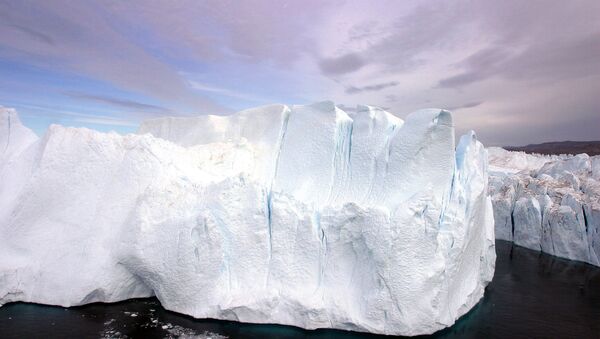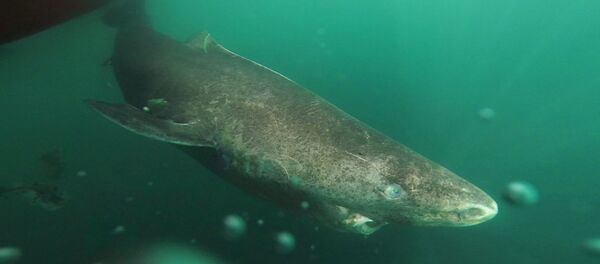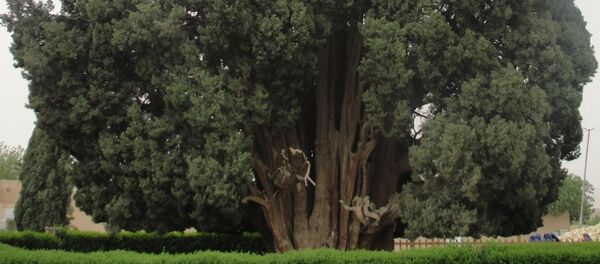The recently found fossils date back 3.7 billion years and are confirmed to be at least 220 million years older than any previously found. Additionally, they are expected to provide tangible evidence of ancient living organisms, as well as offer clues about similar life on other planets, such as Mars.
The Greenland rocks could possibly help astrobiologists as they prepare for the first ever samples to be returned from Mars, Abigail Allwood, an astrobiologist at NASA's Jet Propulsion Laboratory in Pasadena, California told Nature.
According to Emma Hammarlund, researcher in Geobiology at the University of Southern Denmark, the discovery could perhaps be another step in the perennial quest for the origin of life. The new discovery reinforces the theory that life on Earth began to develop soon after the planet itself arose 4.5 billion years ago.
"This proof of the existence of unicellular life "only" 800 million years after the big bombardment when heavy asteroids struck Earth is fascinating. How could unicellular life be so robust and relatively quickly colonize the earth when in such poor living conditions? The Earth's surface was definitely not a fun place to stay even for single-celled bacteria at that time. This suggests that microbiotic life could have evolved on other planets, Emma Hammarlund told Swedish national broadcaster SVT.
"We have very little knowledge of the "first half" of life on Earth, therefore, these findings are of great importance. New evidence, together with previous findings help us to assemble the picture of the Earth's history," Hammarlund said.
Des microbes fossiles découverts au #Groenland feraient remonter la vie sur Terre à 3,7 milliards d’années https://t.co/4KhBQT0SK2
— La Voix du Nord web (@lavoixdunord) September 1, 2016





